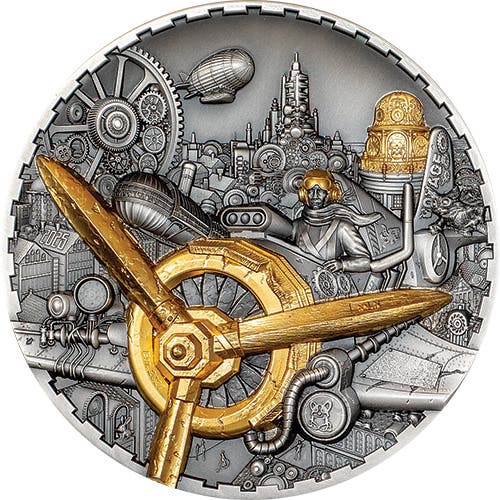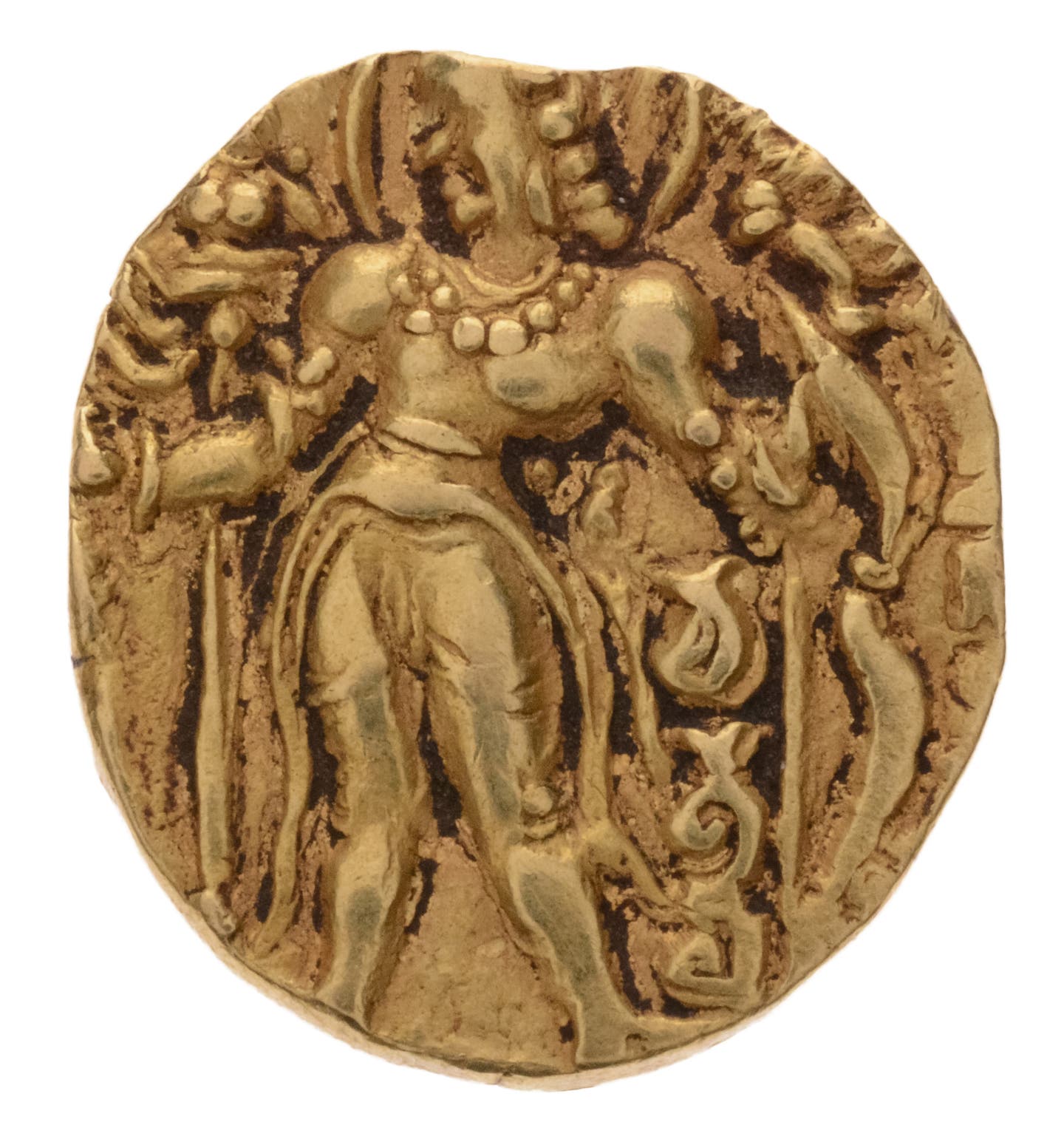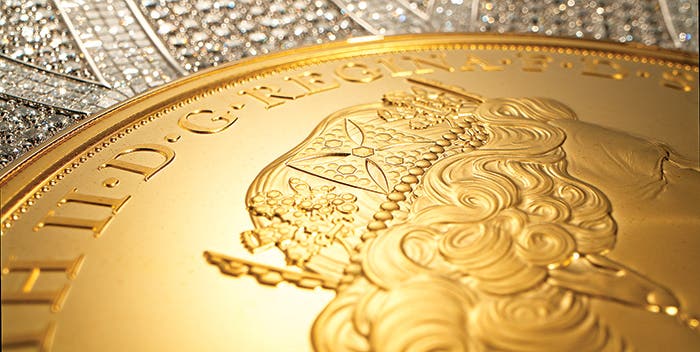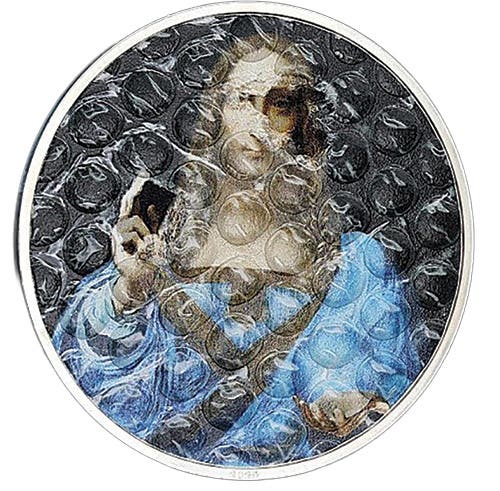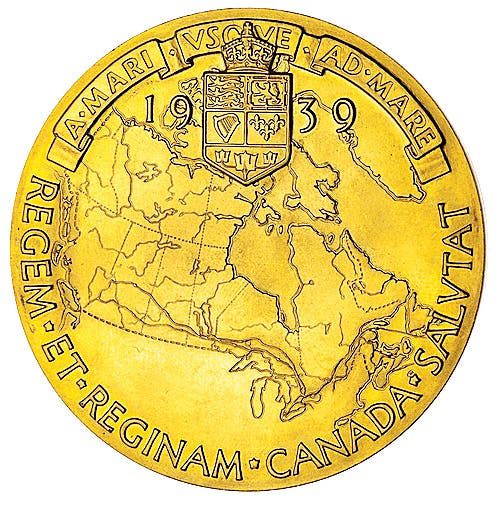1915 Barber half gaining ground
Most of the time we discuss coins that are more expensive than we would expect based on their mintages. In the case of the 1915 Barber half dollar, it is the opposite.
Most of the time we discuss coins that are more expensive than we would expect based on their mintages. In the case of the 1915 Barber half dollar, it is the opposite: it is one of the few coins that seems to be less expensive than we might expect.
You would normally expect very little from a half dollar produced at Philadelphia in the past century. The assumption is that, as Philadelphia was the main mint of the United States, almost any half dollar produced there would be relatively high mintage. Moreover, because there would be greater saving around Philadelphia, you would also expect that there would be greater numbers available today in upper grades.
In fact, all of those assumptions are wrong. We cannot be sure why, but Philadelphia, starting in 1910, went through a number of years of low mintage half dollars. The 1915 mintage was just 138,450. With such mintages, the expectation would be that these Philadelphia dates would be fairly expensive. They were, after all, some of the lowest mintage half dollars of the century.
There were very few half dollar collectors at the time since the denomination was simply too high, so half dollars were basically allowed to keep circulating. Even the dealers of the time were not prone to save coins, even if they had lower mintages.
Circulating for years certainly did not help the condition of those half dollars, and there is little doubt that even decades after being released the 1915, although in lower grade, would still be circulating. For many years there would have been few who would have cared, as from the time the first one was produced in 1892, there were very few collectors of Barber half dollars.
That did not change, even years after the last of the series had been produced, because half dollars were still considered too high a denomination for many to collect, and those who did collect half dollars were more likely to assemble sets of the more recent Walking Liberty half dollars.
It is really only in recent years that we have seen some movement in the price of the 1915. Back in 1998 it was at $20 in G-4, and today that price has increased to $112. For a G-4 coin, that is a very strong price increase, and the 1913 and 1914 have also posted big gains.
In MS-60 the 1915 had a price of $945 back in 1998. Today the MS-60 price is $1,350, which is a good increase, if not as impressive as the G-4 gain. In MS-65 the 1915 was at a price of $4,550 in 1998, and today it lists for $6,650, which is a good gain as well.
The current prices in Mint State are basically supported by grading service totals, which show that the 1915 is not an available date but also not a key date simply because by the time it was produced, there was more serious saving than had been the case when the first Barber half dollars were made in 1892. There was also still the Philadelphia factor in that the saving there, even of a low mintage date, would be better than the saving around New Orleans or San Francisco.
What we see today is that the 1915 Barber half has posted some solid gains and more may be on the way as it has been overlooked for too long. It’s not the best Barber half dollar, but it is a good one and people are starting to realize that fact.
More Coin Collecting Resources:
• Subscribe to our Coin Price Guide, buy Coin Books & Coin Folders and join the NumisMaster VIP Program




